Actually, it already has.
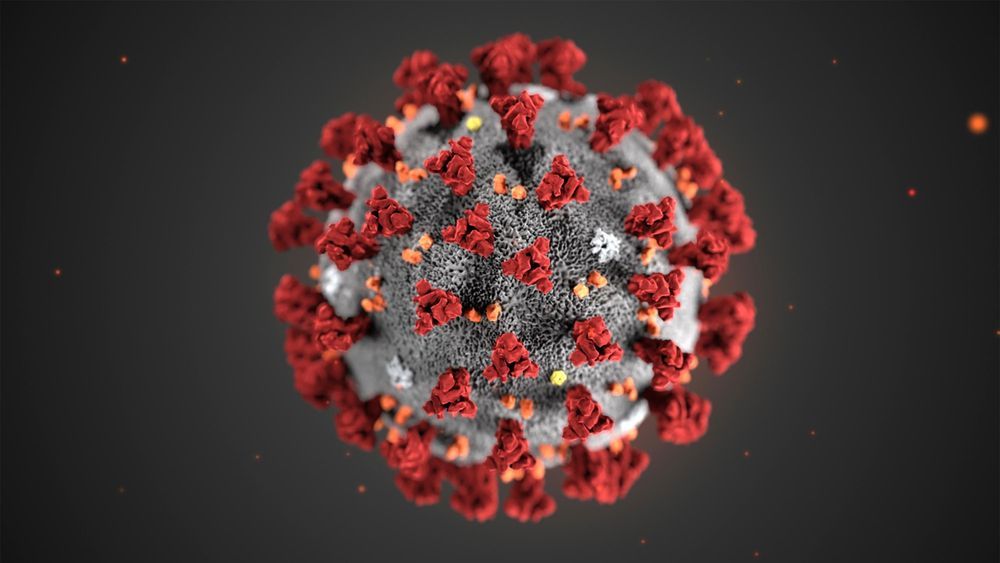


If you are interested in mind uploading, then I have a research paper for you to consider. One of the serious issues with mind uploading is the computer substrate. Simulating the brain will require a new and incredible computing capability. New techniques and new hardware are going to be required to make it practical. Of course, there is currently zero demand for mind uploading hardware, so the market is not going to provide this capability. However, there is incredible market demand for cutting edge hardware for machine learning and artificial intelligence. And it turns out that one potential technique for artificial intelligence simulates the way that the brain works: neuromorphic computing. And there is a relatively new type of electronic component that seems to mimic some of the functions of a brain’s neuron: the memristor. Memristors are relatively new, having only been fabricated for the first time by HP in 2008. So I am trying to keep up with the latest developments in memristive technology.
Here are some excerpts from the paper:
“…Artificial Neural Network (ANN) algorithms offer fast computations by mimicking the neuronal network of brains. A weight matrix is used in neural networks (NNs) for parallel processing that makes computing faster…The memristor has attracted much attention because of its potential to have linear multilevel conductance states for vector-matrix multiplication (output = weight × input), corresponding to parallel processing…”
Here is a web link to the research paper:
Neuromorphic computation is one of the axes of parallel distributed processing, and memristor-based synaptic weight is considered as a key component of this type of computation. However, the material properties of memristors, including material related physics, are not yet matured. In parallel with memristors, CMOS based Graphics Processing Unit, Field Programmable Gate Array, and Application Specific Integrated Circuit are also being developed as dedicated artificial intelligence (AI) chips for fast computation. Therefore, it is necessary to analyze the competitiveness of the memristor-based neuromorphic device in order to position the memristor in the appropriate position of the future AI ecosystem. In this article, the status of memristor-based neuromorphic computation was analyzed on the basis of papers and patents to identify the competitiveness of the memristor properties by reviewing industrial trends and academic pursuits. In addition, material issues and challenges are discussed for implementing the memristor-based neural processor.
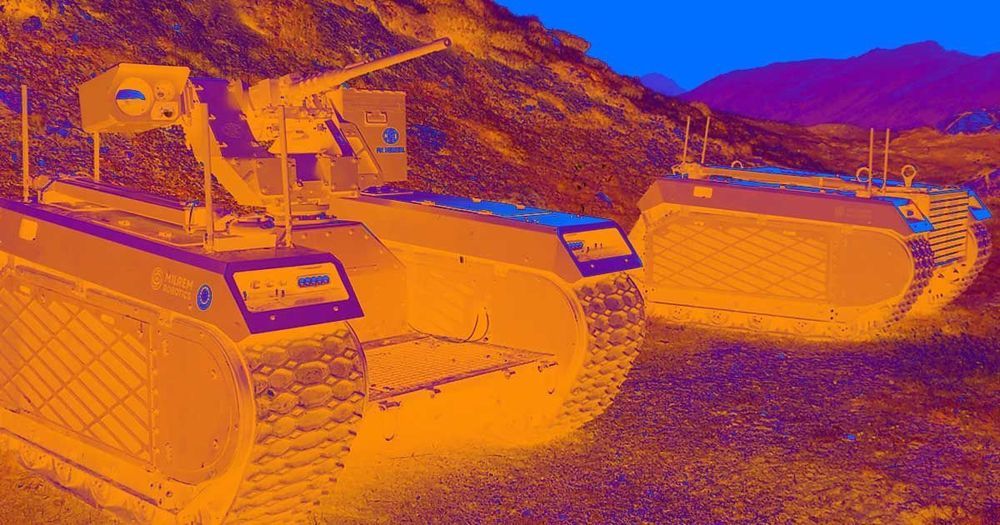
A book is made of wood. But it is not a tree. The dead cells have been repurposed to serve another need.
Now a team of scientists has repurposed living cells—scraped from frog embryos—and assembled them into entirely new life-forms. These millimeter-wide “xenobots” can move toward a target, perhaps pick up a payload (like a medicine that needs to be carried to a specific place inside a patient)—and heal themselves after being cut.
These are novel living machines. They’re neither a traditional robot nor a known species of animal. It’s a new class of artifact: a living, programmable organism.
Credit: sam kriegman, UVM credit: douglas blackiston, tufts university
News Source: https://www.uvm.edu/uvmnews/news/team-builds-first-living-robots
Watch technology news at https://www.youtube.com/playlist?list=PLK2ccNIJVPpB_XqWWq_oaZGIDzmKiSkYc
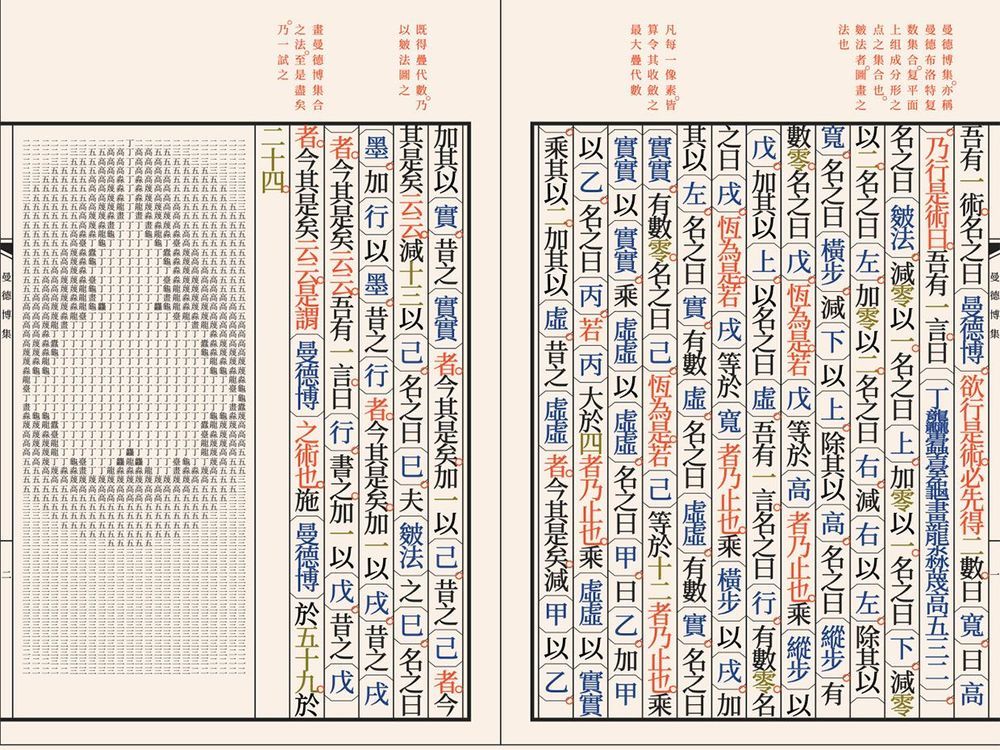
The world’s first programming language based on classical Chinese is only about a month old, and volunteers have already written dozens of programs with it, such as one based on an ancient Chinese fortune-telling algorithm.
The new language’s developer, Lingdong Huang, previously designed an infinite computer-generated Chinese landscape painting. He also helped create the first and so far only AI-generated Chinese opera. He graduated with a degree in computer science and art from Carnegie Mellon University in December.
After coming up with the idea for the new language, wenyan-lang, roughly a year ago, Huang finished the core of the language during his last month at school. It includes a renderer that can display a program in a manner that resembles pages from ancient Chinese texts.
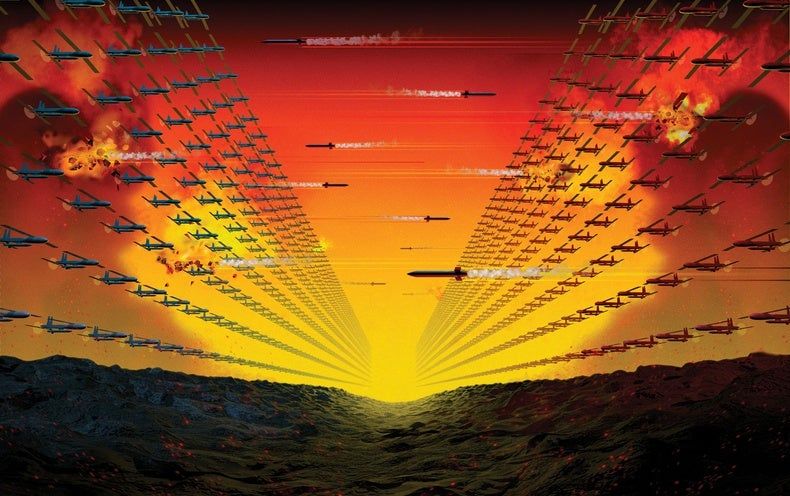
I’ve been reading Scientific American for over 40 years, and it’s always giving me a good overview of topics that I’m unfamiliar with. I have come across a few recent articles on the topic of Banning Killer Robots. Here are web links to two excellent articles:
https://www.scientificamerican.com/my-account/login/?s=1
Nations racing to acquire weapons that choose their own targets are ignoring the apocalyptic scenarios that can unfold when rivals catch up.

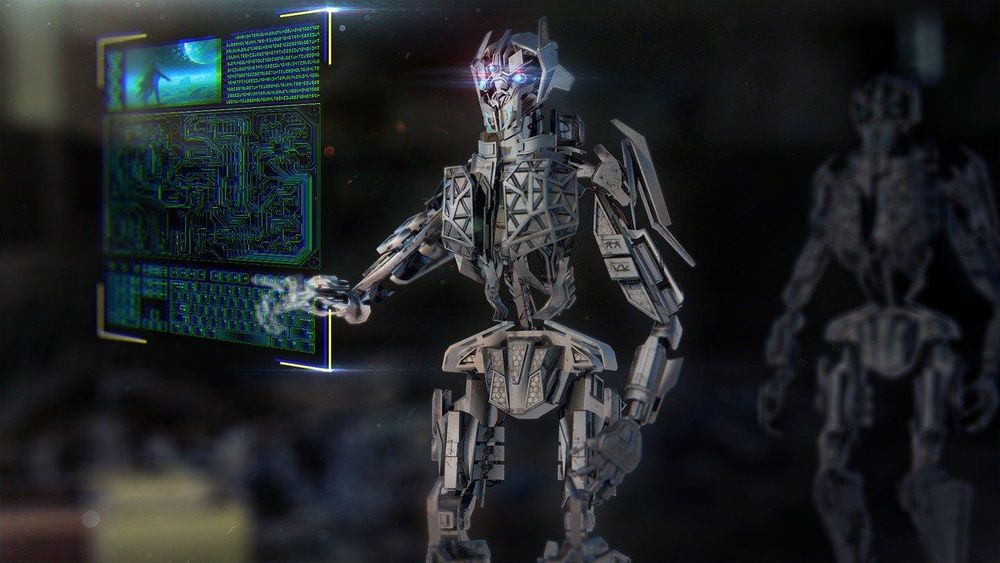
This article was written by AI
Can you tell?
What are AI applications?
We need to figure that out, and that’s something the AI community is trying to figure out.”
I don’t want to see artificial intelligence replace all of us, but I do want to see a society that benefits from the use of artificial intelligence. The next 50 years will be one of the most important and transformative eras in human history, and if we don’t think about what AI is and how it will impact us as a society, we’ll get it all wrong.
Scientists from Tufts University, the University of Vermont, and the Wyss Institute at Harvard published early research in Proceedings of the National Academy of Sciences about robots made from heart and skin cells derived from frog embryo stem cells that they call xenobots. What does this mean for robotics and what are the ethical issues at play?
Starring tom merritt, sarah lane, len peralta, roger chang, annalee newitz.
Support Daily Tech News Show! https://www.patreon.com/dtns
Quick Hits:
https://www.theverge.com/2020/1/16/21069422/facebook-whatsap…sing-plans
https://www.theverge.com/2020/1/17/21070318/facebook-develop…ompetitors
https://www.thurrott.com/smart-home/228303/xiaomi-is-back-on…e-and-nest
Top Stories:
https://www.androidpolice.com/2020/01/17/exclusive-google-is…chrome-os/
https://www.trustedreviews.com/news/grab-google-stadia-premi…al-3970594
https://www.cnbc.com/2020/01/17/apple-may-be-forced-to-ditch…rules.html
https://www.scmp.com/tech/policy/article/3046346/shanghai-in…als-combat
https://thenextweb.com/artificial-intelligence/2020/01/17/go…ire-books/
